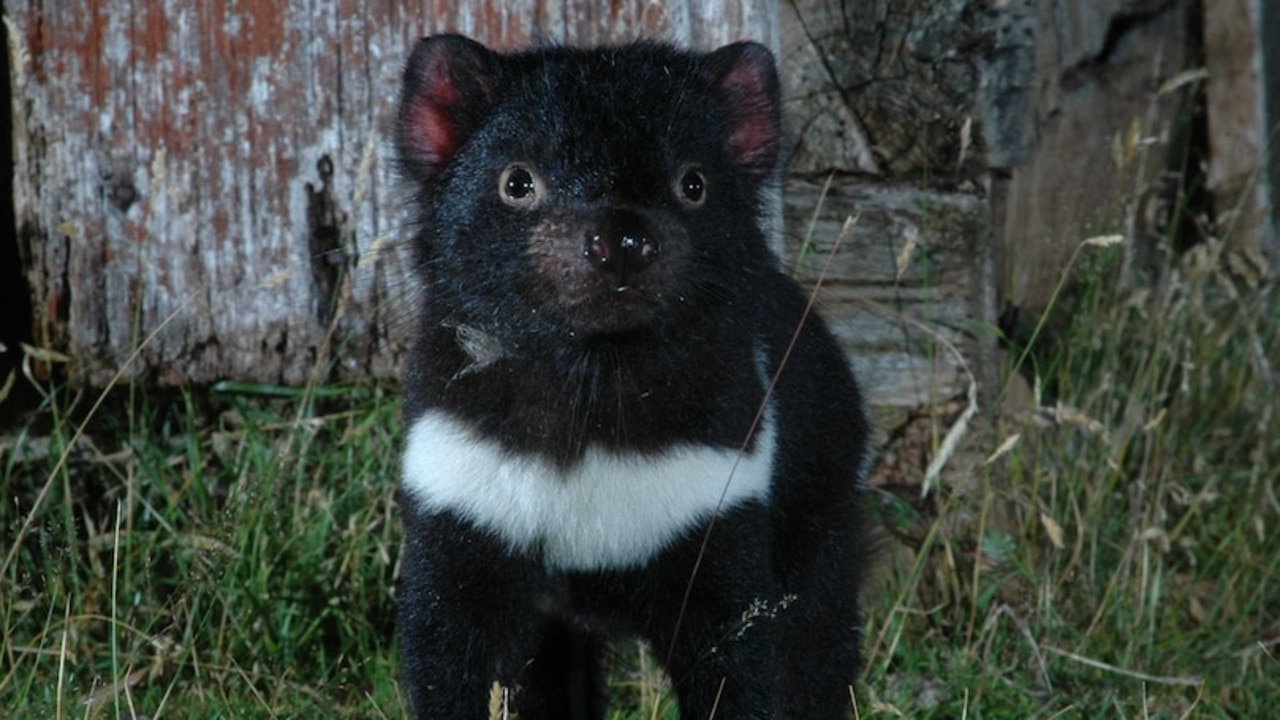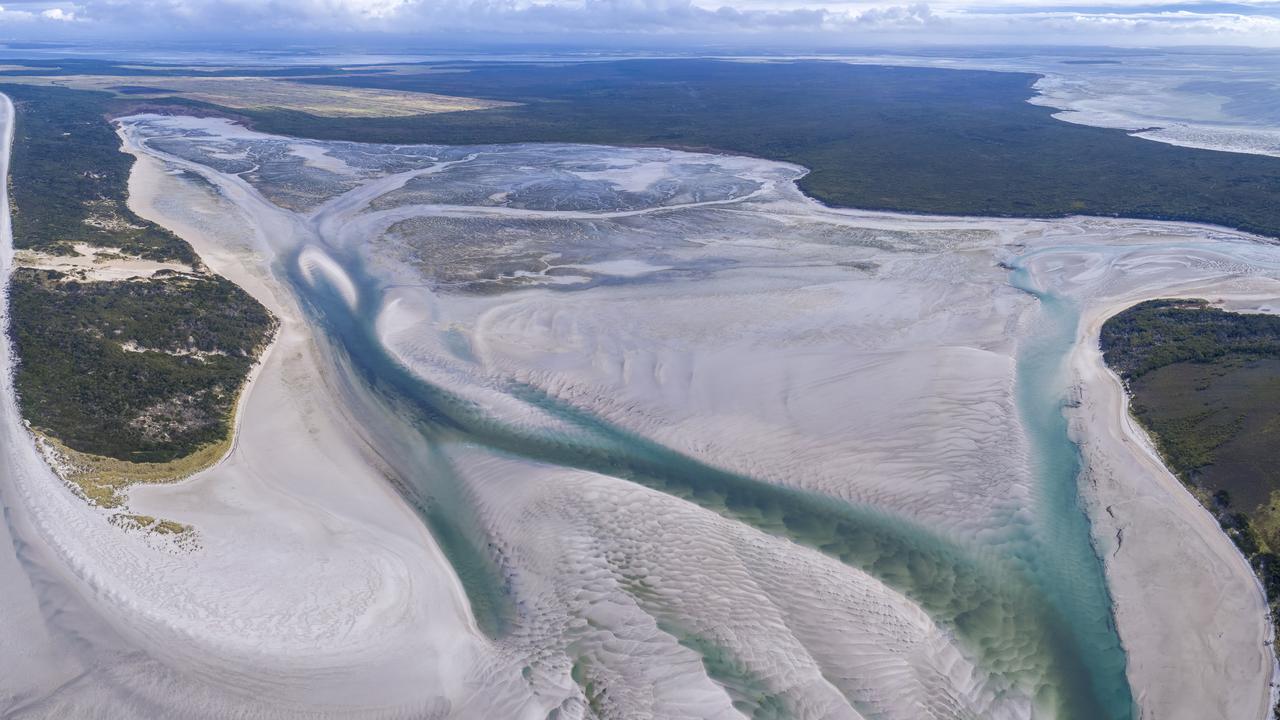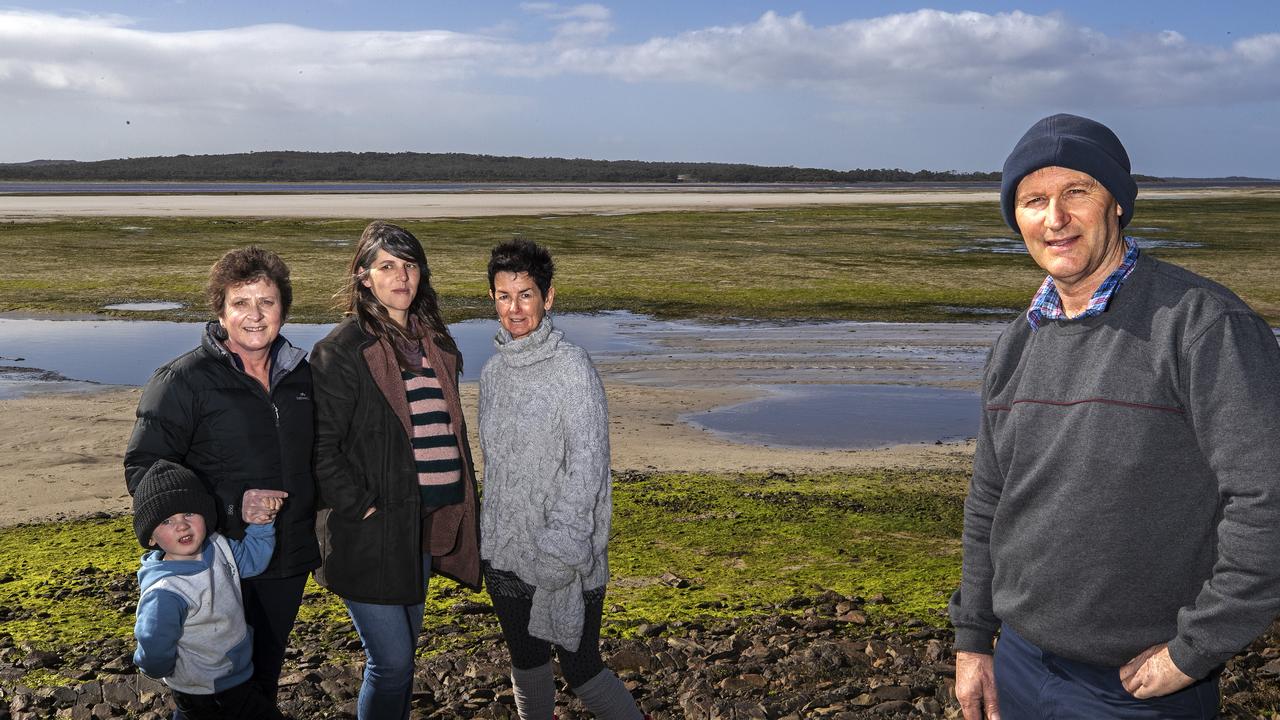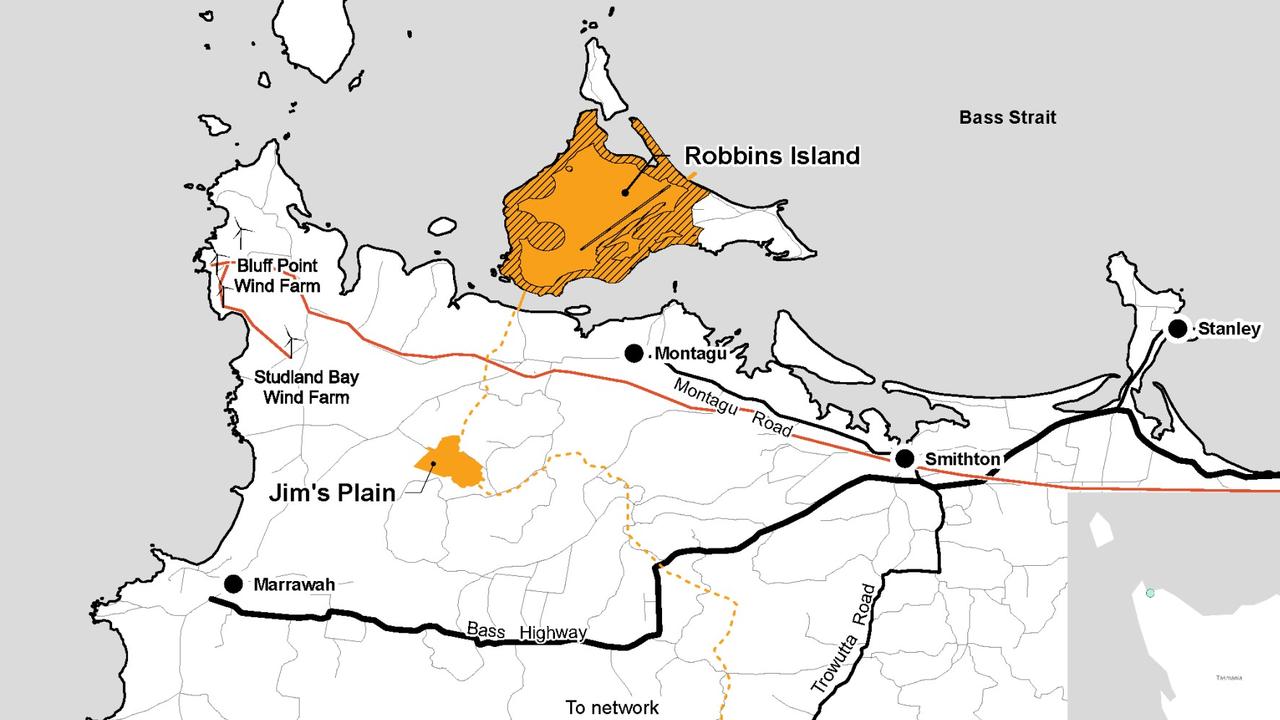$1.6 billion ‘mega’ windfarm under threat over Tasmanian devil concerns
A massive $1.6 billion windfarm project is under threat over a seemingly small detail that has some up in arms.
A $1.6 billion “mega” windfarm project is under threat over its potential impacts to a healthy population of Tasmanian devils.
The controversial project proposed for the remote, privately owned, Robbins Island in Tasmania’s far northwest cannot progress further without the company behind it, ACEN, providing crucial information on the iconic creatures.
However, the company believes only two of the endangered marsupials will be affected by the build.
The creatures on Robbins Island are believed to be free of devil facial tumour disease – a disease which wiped out more than 80 per cent of the mainland Tasmanian devil population.

This has sparked concerns that construction of a bridge to connect the two islands would allow the disease to spread to the uninfected population.
The project will also involve new roads and increased traffic on nearby access roads during construction, opponents say will increase the number of devils killed by cars and trucks.
Under a proposed agreement, the company is required by federal and state governments to offset each additional Tasmanian devil roadkill death with an $8000 donation to the state’s Save The Devil Program, however the majority Philippines owned company does not believe offsets are required for habitat loss.
In a 2023 May senate estimates hearing, the Department of Climate Change, Energy, the Environment and Water said it had requested further information on how the company will offset the destruction of up to 366 hectares of Tasmanian devil habitat.
The offset strategy and offset management plan is still outstanding according to the department which must make the final decision on the wind farm.
Long-term project opponent and Montagu resident Kim Anderson questions whether a plan like this is possible.


“They have to find an area somewhere in Tasmania that can offset the habitat-isolated, disease-free (devils) where are they going to find that now?” she told news.com.au. “Do you know a place in Tasmania that is disease free and isolated?”
Local media reports the department recently re-requested this information from the Tasmanian Civil and Administrative Tribunal (Tascat) that heard appeals for and against the wind farm late last year.
ACEN told news.com.au it was “pleased” that the commonwealth had requested further information, as their expert evidence supports the companies position that “there is little or no impact to devils”.
“Our environmental assessments and project design demonstrate there will be little or no impact to Tasmanian devils,” a company spokesman said.
“The expert evidence states that no offsets for impacts were required for vegetation clearance and that only two devils out of an estimated population of 186 were potentially impacted.”

Professor of biological science at the University of Tasmania Menna Jones, an expert in conservation and ecology said the project footprint would likely have a “minimal” impact on habitat, but there would likely be roadkill which should be mitigated by restrictions on driving at night.
These restrictions are part of the project proposal.
Prof Jones said a bridge or causeway to the island would take the facial tumour disease to the island “very quickly”.
However, said she believed it would reach the island regardless and that a properly-engineered gate could keep devils out.
Mrs Anderson believes humans shouldn’t accelerate this process. Her community group Circular Head Coastal Awareness Network (CHCAN) is preparing to take the project to the supreme court.
She said most people “wouldn’t understand the scope of the damage that could happen here”.
“It could go from one of the most unique wetlands to totally destroyed if we don’t watch what is going on here,” she told news.com.au.

Mrs Anderson has been visiting Robbins Island her whole life, and said she “never stood up for anything before”.
“Why does an ordinary housewife have to stand up against this?” she said.
A spokesman for the Department of Climate Change, Energy, the Environment and Water told news.com.au the relevant minister Tanya Plibersek is unable to make a decision on this project until the proponent provides the outstanding information.
“The deadline for a final decision is 30 business days after the information requested from the proponent is received,” the spokesman said.
The wind farm was approved by the Tasmanian EPA in November 2022, along with a five-month turbine shutdown period to protect the critically endangered migratory orange bellied parrots - among other conditions. The local council also approved the project.

The shutdown condition was successfully repealed by the proponent at Tascat last year, while six separate appeals against the local council approval of the project were lost, including by CHCAN and the Bob Brown Foundation.
“This is part of humanity’s deliberated destruction of the natural world which sustains all life,” Bob Brown said in November following Tascat’s decision.
“Instead of turning off wasted electricity, we will wreck another surviving stronghold of natural wildlife diversity in Australia.
“It is now up to the Albanese government and national environment minister Tanya Plibersek to protect the cornucopia of nature which Robbins Island holds. They should at least back the Tasmanian EPA position.”
Before reaching tribunal, the company pared back its proposal from 122 turbines to 100, with a maximum height of 212m down from 270m.

The development on the 9900-hectare island will also include a wharf, internal site access roads, a bridge, transmission infrastructure, a maintenance and services facility and temporary workers’ accommodation to be removed at a later date.
The Tasmanian premier Jeremy Rockliff, now facing a looming state election, visited Robbins island in late January with state energy and renewables Minister Nick Duigan and urged the federal government to approve the project, saying it was an important project for Tasmania.






